I've developed a PWM dimmer to dim 100W of LED strips. As I dim it to low PWM values, the power supply begins to hum. I have tried to use also higher PWM frequencies of up to 30kHz, but the problem persists. I have also tried to add big caps (470uF resp. 2200uF) to the power supply before the MOSFET (marked in schematics below) to smooth out the load the power supply sees. But it doesn't have any effect.
What can I do to mitigate the noise?
Edit:
I'm using a Meanwell LRS-100-12 power supply and 12V LED strips. I also tried it with shorter LED strips (i.e. ~25W), but it also hums.
Measuring the PWM signal when the noise is the loudest. Measurement is done as described in answer: https://electronics.stackexchange.com/a/619725/45406:
